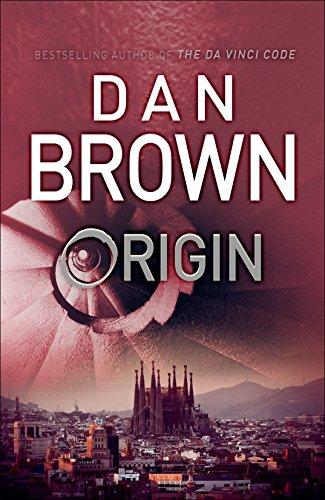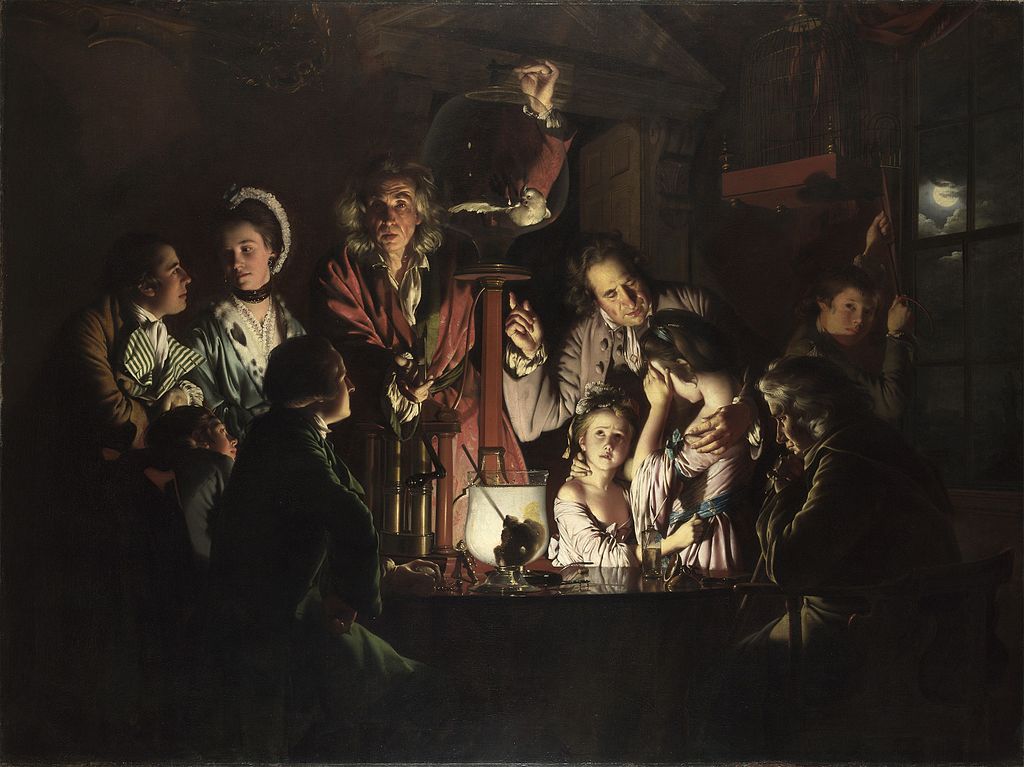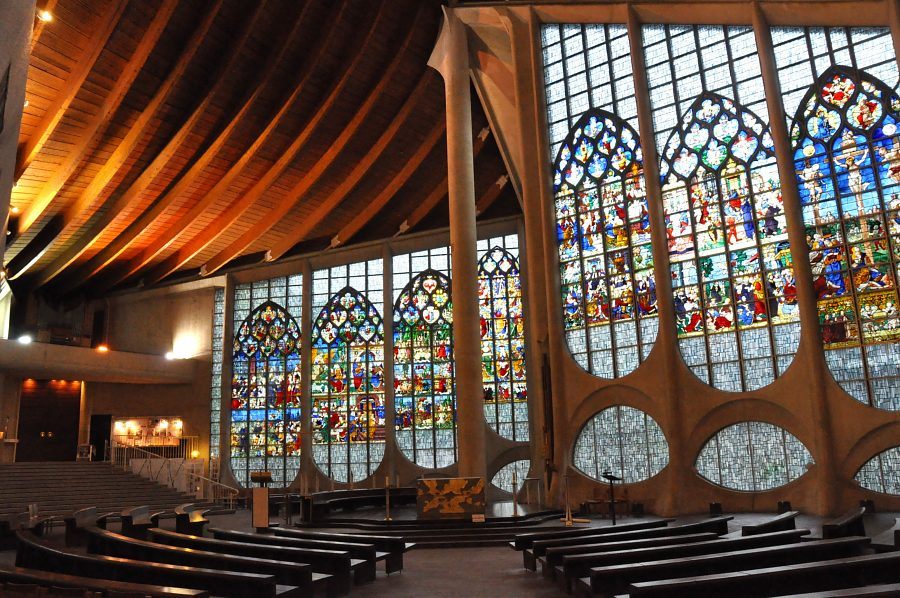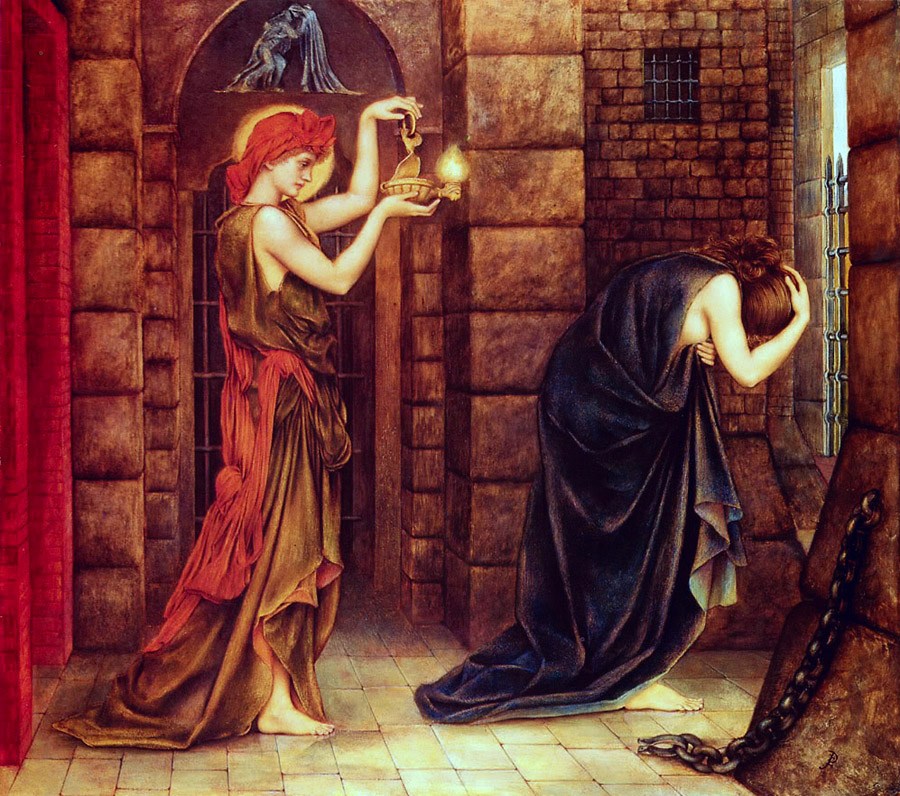 The bestselling novelist, Dan Brown, has decided to slay yet one more dragon.
The bestselling novelist, Dan Brown, has decided to slay yet one more dragon.
Previously, he was busy destroying Jesus, Christianity, the Roman Catholic Church, saints, sanctity. This time, he has far bigger fish to fry…Move over Nietzsche!
In Origin, Brown wants to kill off God, by way of science, because religion is all “a hodgepodge of ancient fictions, fables, and myths,” which science can oh-so easily take apart and sweep into the dustbin of superstition.
This is such a 19th-century argument which keeps getting recycled.
The argument itself is impossible to sustain in the light of history, let alone philosophy, but that has never stopped people like Dan Brown.
The idea that modern-day Christianity is a hangover from simpler times – when people were, well, simple-minded enough to believe all those “fictions” cobbled together from ancient myths – was developed by men such as Hermann Usener, Gerald Massey, and James Frazer.
Of course, by “religion,” Brown really means Christianity. It is highly doubtful that he will ever write any novels that will seek to destroy…say…Allah, Mohammad, Islam…As is common knowledge, Christians and Christianity are an easy target, so let’s have at it – there’s serious money to be made!
But to say, as Brown does, that science will kill off God is being terribly simple-minded – because “religion” and “science” are contrived and monolithic constructs designed by hucksters to elicit the “correct” response – that the former is false and the latter is true.
To set God and science against each other is nothing but a rhetorical trick meant only to benefit Brown’s novel. God and science have never been mutually exclusive, as is often, but wrongly, assumed. Rather, science and God complement each other.
It is in fact Brown’s novels, including Origin, which are “a hodgepodge of ancient fictions, fables, and myths.”
But we should not forget that he’s in the money-making business, and slander and stereotypes pay quite well.
On his way to the bank, however, he will corrupt many minds and waylay many souls with his piffle, as he proselytizes for his own god (Science) and his own religion (Scientism)
To say that science is the only explanation of everything is to diminish science and humanity. Science understands its limits, for it can only serve humanity in a particular way.
Thus, science knows that love is far more than a chemically-induced function of the brain. To say science negates God is to say that mankind needs finite answers that are good forever.
What a terrible wish for the future! As with so much of our culture today, Brown is content drowning in the roils of Presentism – that the past is eternally wrong (because it was not progressive), and the present is eternally right (because we have benefited from progress and thus have achieved all the right answers forever, so what we determine is good and right – is good and right forever).
Here it is important to note that religion has never sought to kill off science, while ever since the Enlightenment, science has always seen itself as a rival of God and has sought all kinds of ways to get rid of him. Here, we should not trundle out old Galileo. The reality of what actually happened is far different than what is popularly repeated, including in Brown’s Origin.
The modern-age is marked by countless attempts to delete God from the memory of man, because God is decried as being harmful, while science is proclaimed to be beneficial – hence the justification that atheism is the true future of mankind – because science is eternally right and God is eternally wrong.
But in the various attempts at this deletion lie endless cruelties and tragedies. Thus, by promoting this narrative of deletion, Brown includes himself in those horrors, because without God he cannot say why they were wrong.
Hitler, Lenin, Stalin, Mao were not Godly men – but they were deeply and profoundly scientific men who sought to create a materialist paradise.
Indeed, Brown’s entire writing career has depended upon offering various arguments for precisely a “better” world without God, and so his arguments are finely aligned with those of Hitler, Lenin, Stalin, Mao, and so many others.
Further, to say that science alone best serves humanity is to establish tyranny. History is littered with scientific societies that sought to make life better for mankind, but ended in total murder.
It is estimated that in the last century communism (the ultimate commitment to life lived by the dictates of science) killed nearly a 100 million people. That statistic alone should stop the purveyors of scientism, like Brown, dead in their tracks. But it never does.
Origin is thus a hodgepodge of the wildest conspiracy theories, made plausible by the guise of fiction. It’s a clever marketing ploy, really – make people think they’re being “intellectual,” as they wallow in distorted and dumbed-down history, so they can then get through life “enlightened” and scientific.
A little learning is a dangerous thing, Alexander Pope once observed.
Now, let’s dispense with the plot (spoiler alert).
Robert Langdon (Brown’s ubiquitous hero) is invited to attend a lavish premiere of a video presentation in Spain.
This video will cure the world of God, and humanity will at last be free to put all its trust in science. In other words, humans don’t need God any more – everyone is too grown up now to actually believe in such fairy tales (see Usener, Massey, Frazer above).
The creator of this earth-shattering revelation is Langdon’s former student, the fabulously rich and brilliant computer geek, Edmond Kirsch.
But, true to form, the video is never shown, because Kirsch is killed by a navy admiral who heads a sinister cabal of arch-Catholics (Catholic-bashing never goes out of style for Brown), who have made it their life mission to keep people ignorant and therefore in the pews. It’s all up to Langdon once again.
The narrative moves all over Spain, with many long-winded, and mistaken, explanations of intellectual stuff, until Langdon finally gets the job done.
As for God, well, it seems that Kirsch’s video revealed that life on earth is not the result of some designing, eternal mind (God), but came about through natural laws.
That’s all?! This is the earth-shattering revelation?! The word, “bathos” comes to mind. This is supposed to kill God and finally haul ignorant humanity into the bright, clear truth of science? The Pre-Socratics were saying this back in the 6th-century BC!
But, wait. Aren’t laws designs? When we say life happened because of laws, then we are admitting life is actually designed. The Pre-Socratics had figured this out as well.
Now, this is where things get interesting.
Brown’s character, Kirsch, has based his God-defeating argument on the work of a physics professor at MIT, named Jeremy England.
Brown summarizes England’s work in this way – that the “physical principle” responsible for creating life (aka, natural laws) makes God useless. (See comment above about dumbing things down).
At this point, fiction segues into reality – because, in fact, there really is a scientist named, Jeremy England, and he has spoken up and written a very elegant refutation of Brown’s presumptions, which appeared in the Wall Street Journal. The title of this refutation says it all – “Dan Brown Can’t Cite Me to Disprove God.”
The real Professor England, at MIT, does indeed teach physics – and (the ultimate take-down) does indeed believe, not only in God, but in the God of the Bible.
And the supposed “brilliance” of Edmond Kirsch is destroyed by the real Professor England (who truly is brilliant) by one simple observation: “There’s no real science in the book to argue over.”
This raises another obvious question – do people really read Brown’s half-baked musings as actual fact? They must. (The education system has a lot of explaining to do).
But let’s not rush into things…the words of H.L. Mencken come to mind, “No one in this world, so far as I know — and I have searched the records for years, and employed agents to help me — has ever lost money by underestimating the intelligence of the great masses of the plain people. Nor has anyone ever lost public office thereby.”
In actual fact, science offers glimpses into the never-ending complexity of the natural world and the cosmos.
Such complexity fulfills a purpose, for at the minutest level of each cell, there is encoded information that determines what each tiny component in the vast web of creation must do. Information can only be designed – it cannot be mindless.
To reduce everything down to the level of “science” vs. God is to vastly misunderstand science and God, and sledgehammer both into great globs of dull-wittedness to amuse the hapless.
Professor England then proceeds to mirror Ludwig Wittgenstein when he describes the true nature of scientific inquiry (a description far more compelling than anything Brown can come up with in his entire novel).
England tells us that scientific explanation is about a choice of language – what words, what register, to use in order to describe, quantify, and analyze.
Then England waxes wonderfully Wittgensteinian: “The language of physics can be extremely useful in talking about the world, but it can never address everything that needs to be said about human life.”
Let’s recall Wittgenstein in the Tractus: “…even if all possible scientific questions be answered, the problems of life have still not been touched at all.”
Humans live not by quantification and description – they live by morality, which alone can meet the problems and challenges of life. Science is mindless when it comes to morality. It’s like asking a lawnmower to create a majestic wedding cake.
The problem with science is that it can never answer the question, “Why?” When people like Brown force it to answer this question, science disappears and Scientism enters in – this is better than that – secularism is better than God – half a loaf is better than Heaven. And thus tyranny begins.
Rather, “Why” – is the search for the good, it is the cry of the conscience – it is not the quest for comprehension.
“Why” – is the search for moral clarity, which is that quiet strength, urging us to compassion and love.
Science knows nothing about living, because it cannot understand why we must live.
Currently, the West is possessed by a suicidal hunger. Its itching ears yearn to hear the siren-song of “progress” and “science,” which will lead to some brave new utopia.
Only the return of morality shall exorcize the West and perhaps yet save its soul.
At the heart of Brown’s novel is a frightening worldview – for to be Godless is to be machine-like.
A “science-run” society is nothing other than control by an elite, a priestly class of scientists who always know better than we do, and therefore can tell us how to live and what to think.
Scientism also emboldens the state to legislate behavior and implant, through relentless propaganda, state-sanctioned agendas, which people become used to and then demand as their natural preference.
It was Jacques Ellul who pointed out that propaganda does not flow down from the top. Rather, propaganda is what the people themselves demand. This is the truly frightening aspect of science – people demanding their own enslavement because they’ve been conditioned to think such bondage is the path to a bright future.
In a Godless world, only the Marquis de Sade makes sense – the perpetual satisfaction of all urges, no matter what the cost. In fact, de Sade is the only man in history who fearlessly explored what it truly means to live in this world without God. Even Nietzsche, in the end, balked at that,
To live by the logic of science is not liberty, not progress, not life. Rather, it is submission to the worst form of slavery, namely, a life “beyond good and evil.”
As for God, here is Professor England’s profound observation, which brilliantly destroys Brown’s agenda: “To me, the idea that physics could prove that the God of Abraham is not the creator and ruler of the world reflects a serious misunderstanding – of both the scientific method and the function of the biblical text.”
Brown’s currency is pedalling in falsehoods. How much longer are we going to put up with such privileged elite, who live in their mansions and still have the need to tell us how to live – and even what to believe?
Perhaps in answer, Professor England, asks a far better question: “Do we need to keep learning about God? For my part, in light of everything I know, I am certain that we do.”


